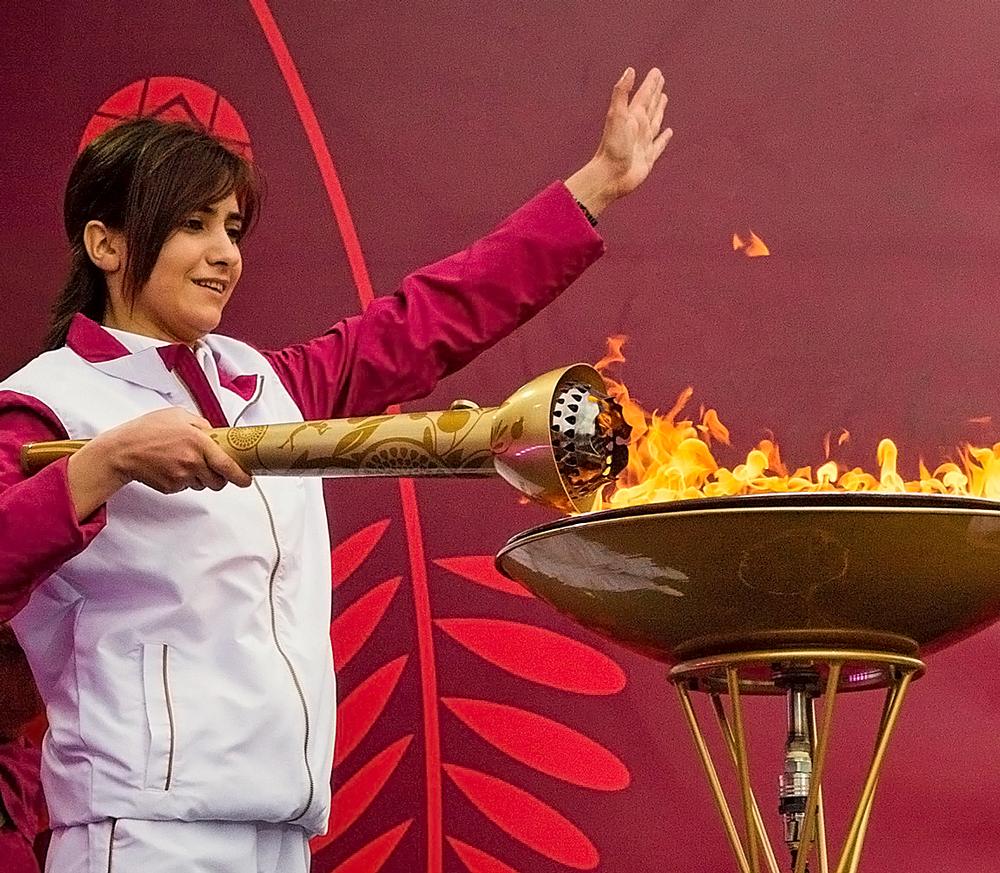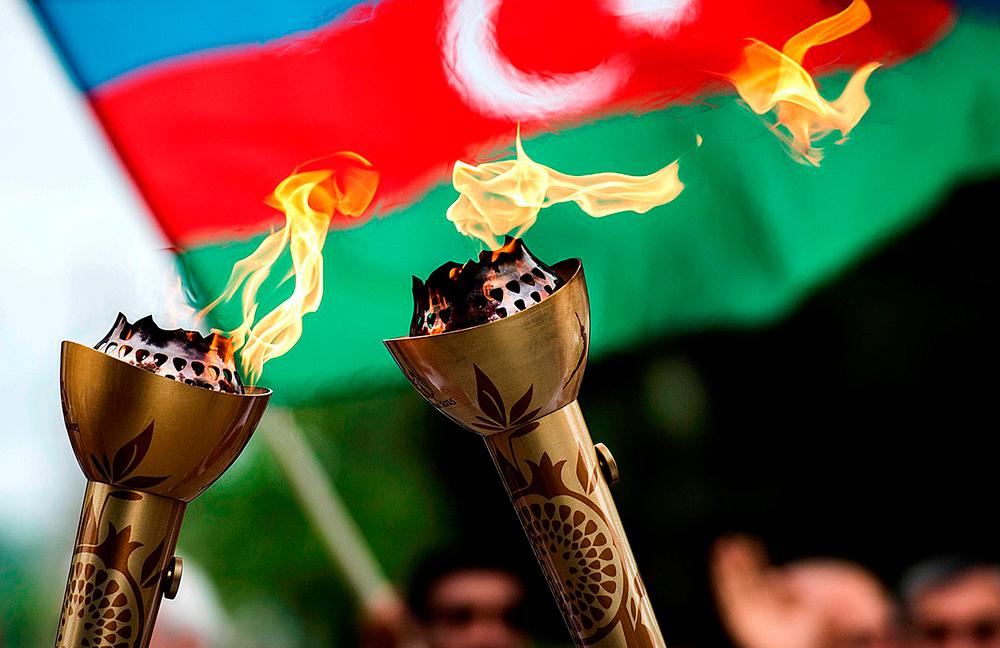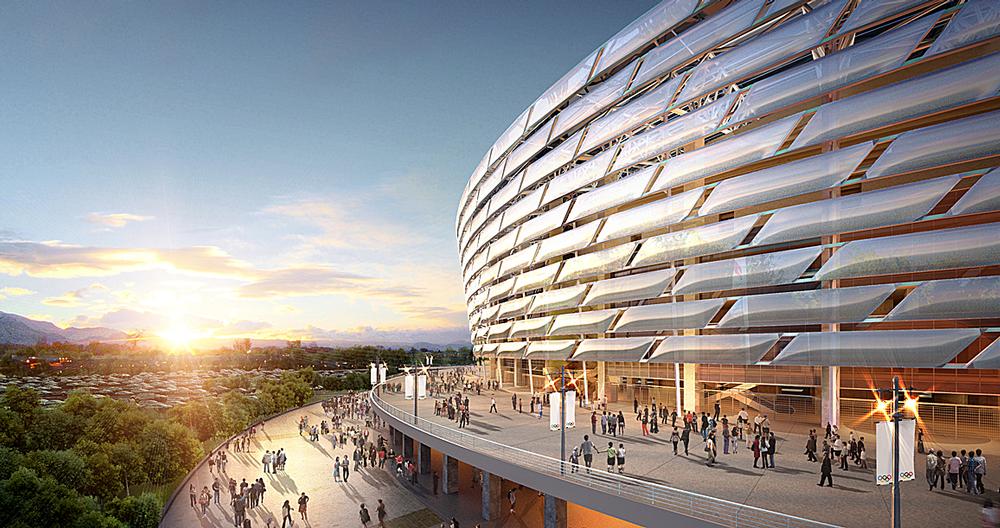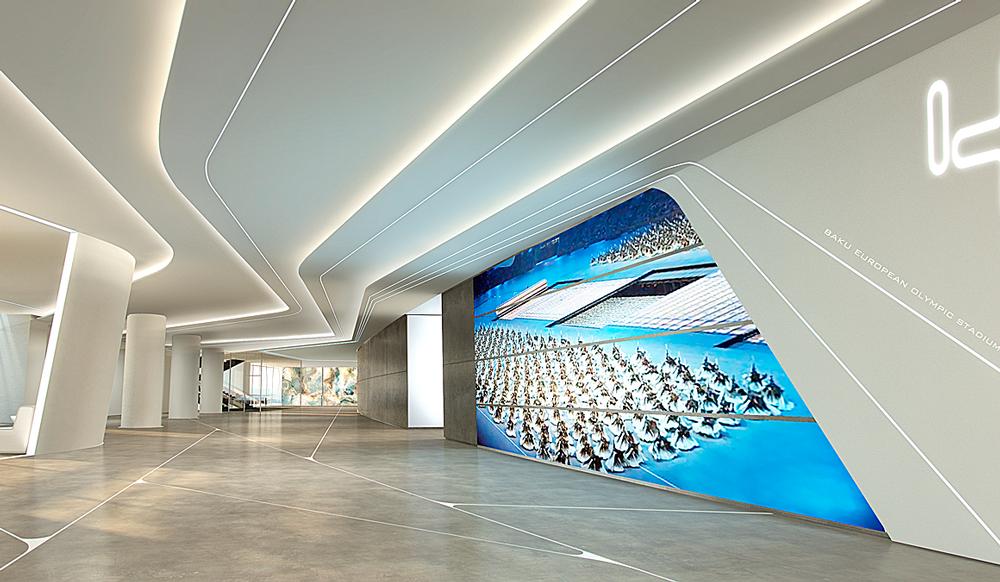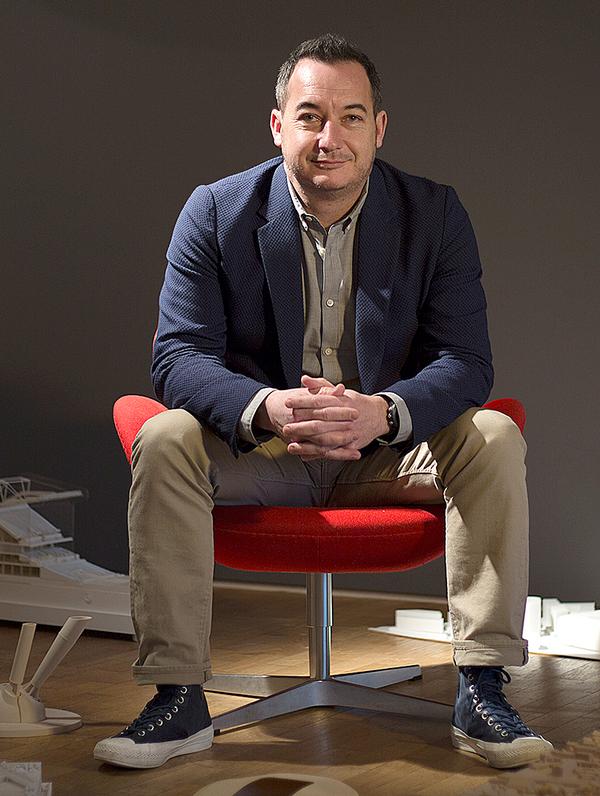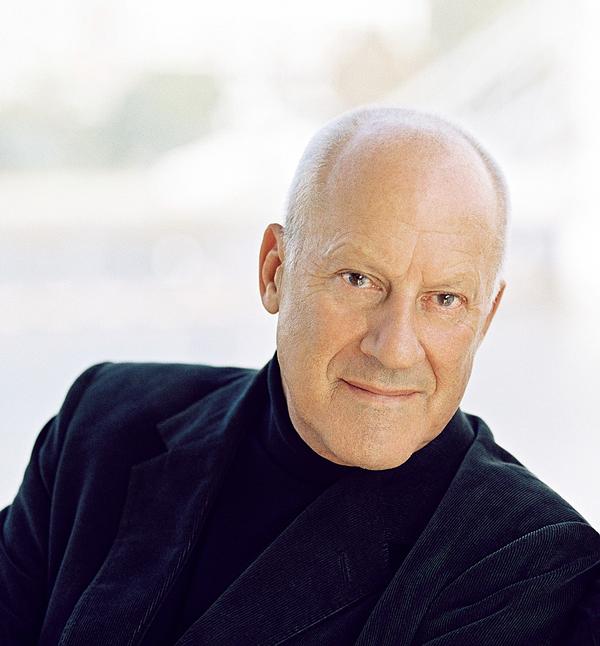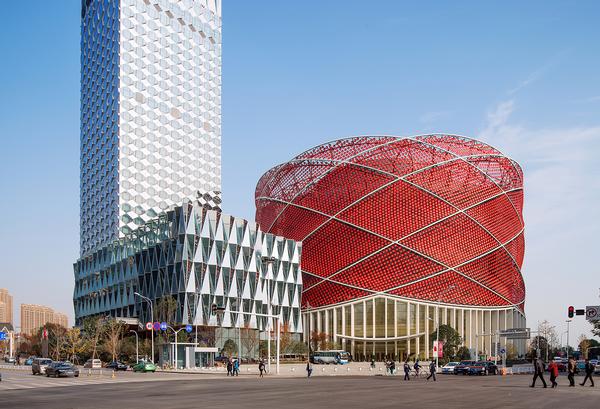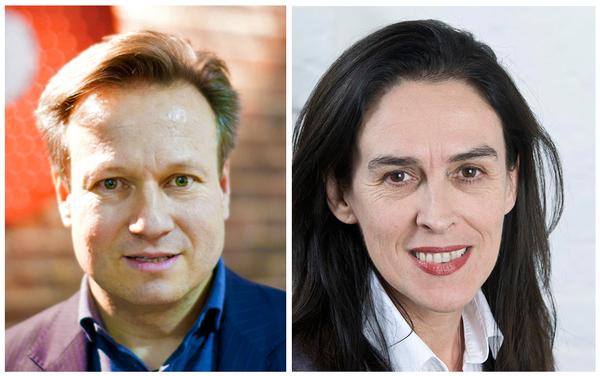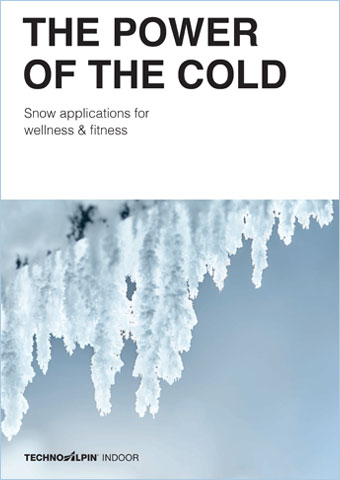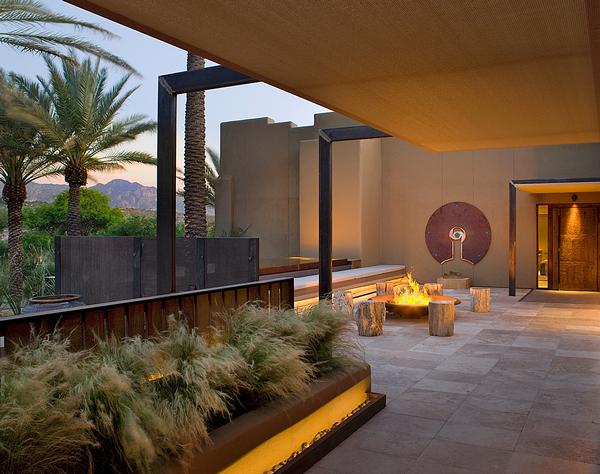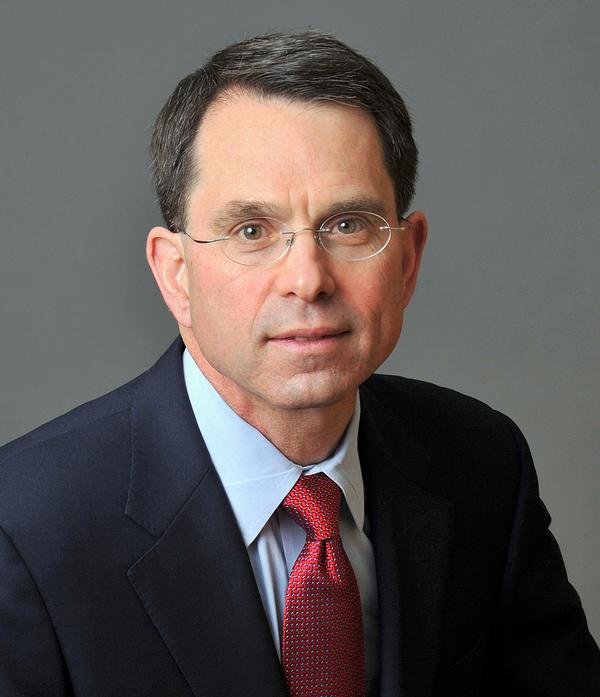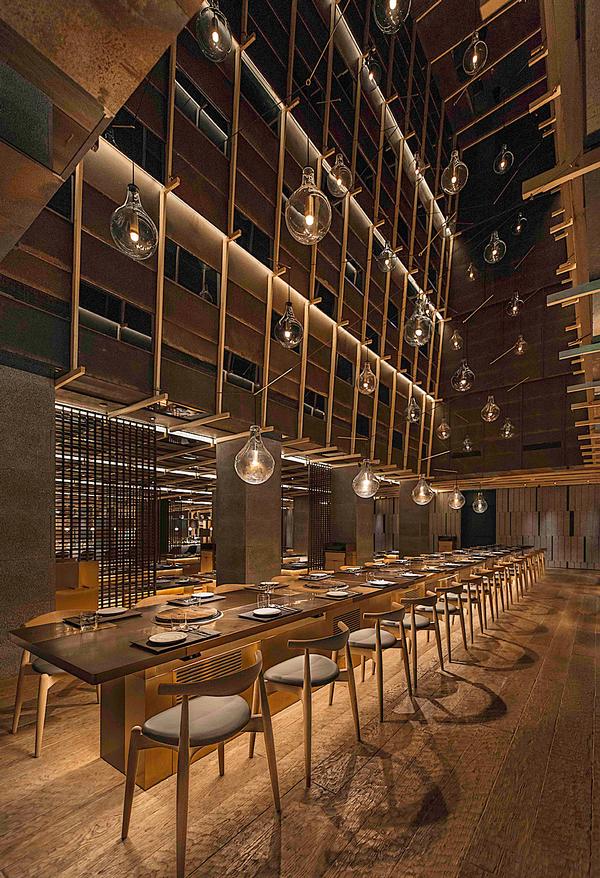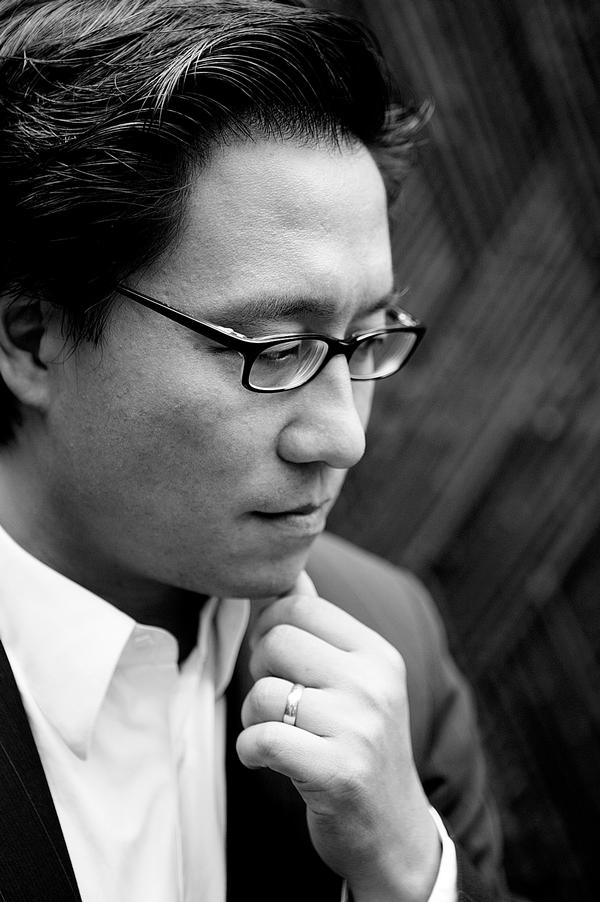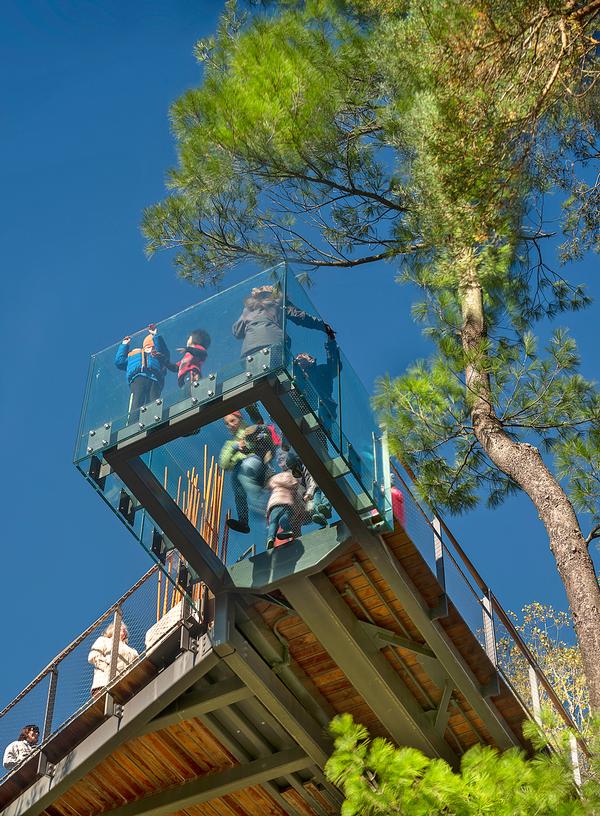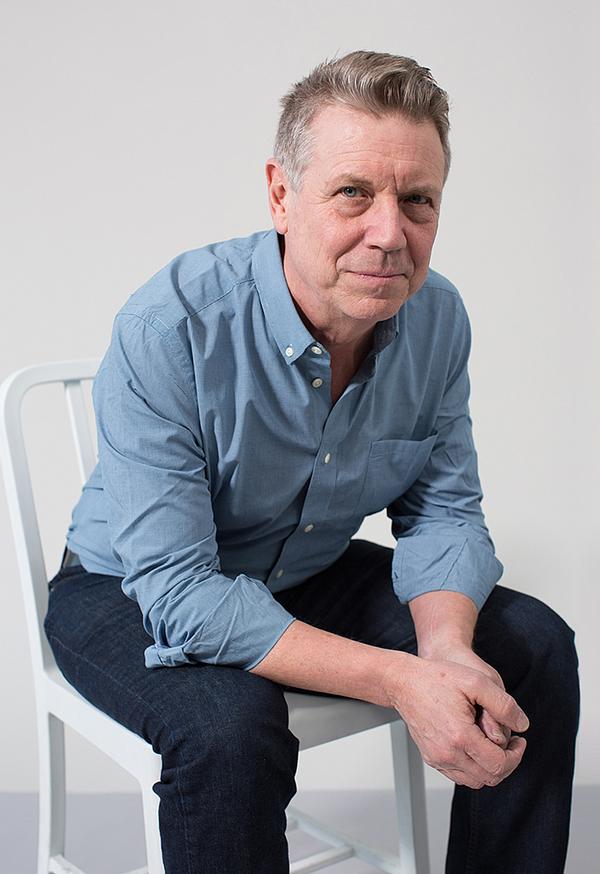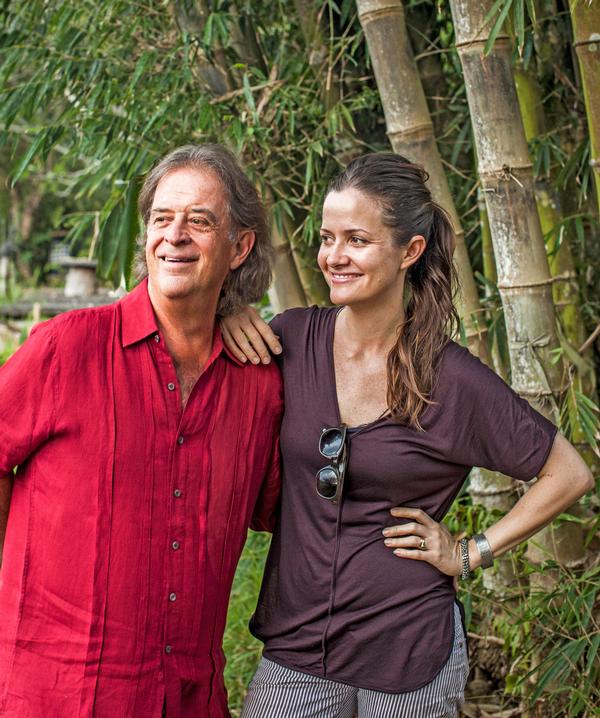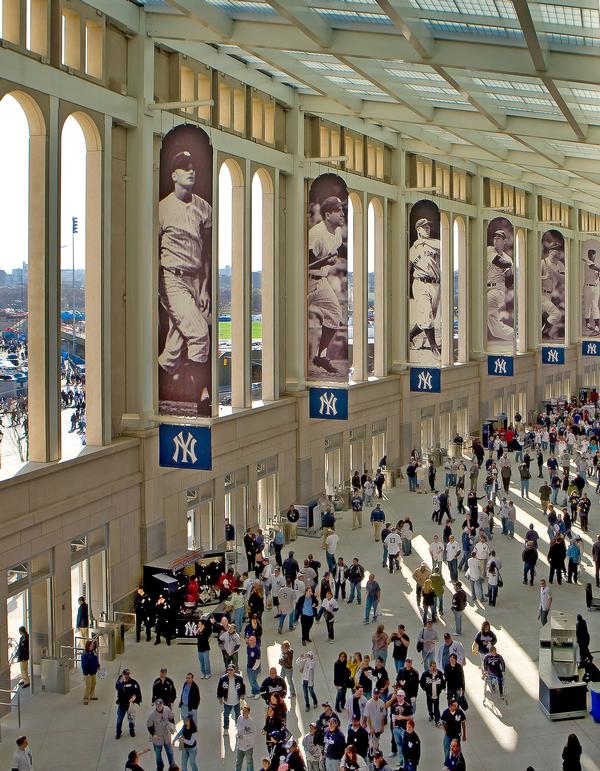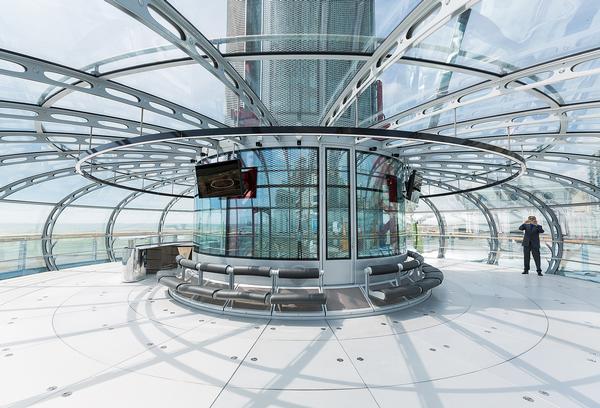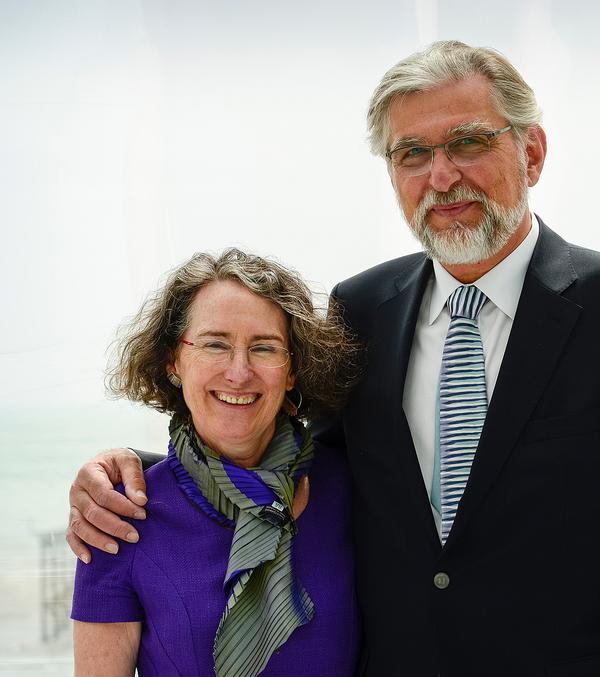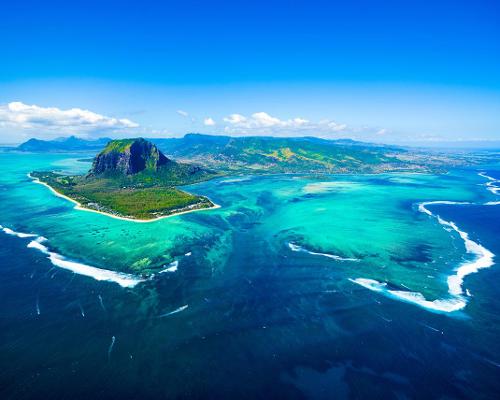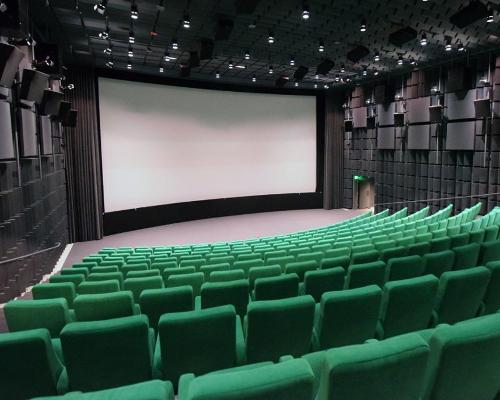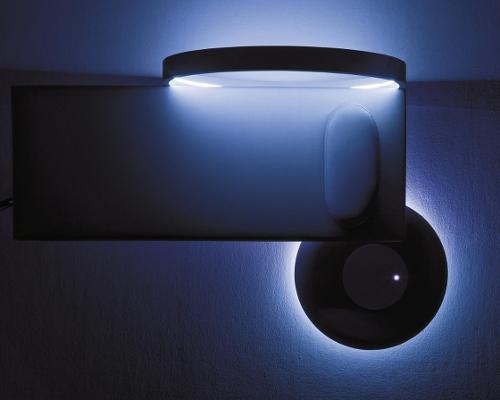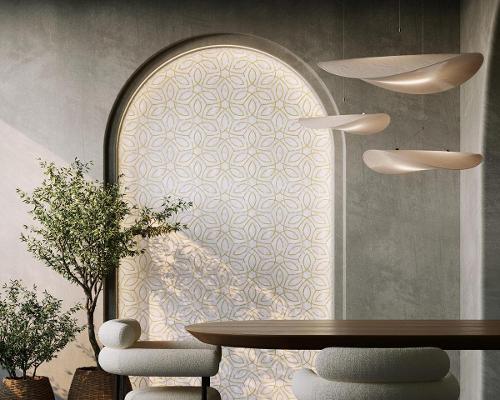Sport
Baku to the future!
Azerbaijan is investing in architecture, sport and tourism to establish itself as a major destination. This year, it hosts the European Games at the newly opened Baku Olympic Stadium. Kath Hudson reports
Baku, Azerbaijan’s capital city, was awarded the inaugural 2015 European Games in December 2012. This oil rich country was the only bidder, which makes it no less of an achievement, since other bidders were frightened off by the tight timescale.
Keen to join the world stage and secure a major international sports event as a precursor for its ambitions to one day host the Olympic Games, Azerbaijan committed to be Games-ready within two years.
Tekfen Construction was appointed and tasked with an aggressive build schedule, which necessitated designing and constructing simultaneously. The challenge was successfully completed, with the stadium finished in early March 2015, in plenty of time for the European Games in June.
Europe is the last of the major continents to have its own Games. They will be held every four years, in the year before the Olympics. The first Games will see 7,000 athletes from 49 countries, taking part in 20 sports. It will be the biggest sporting event Azerbaijan has ever seen and has sparked investment in cutting edge architecture.
“The government sees sport as an excellent vehicle through which to engage with Azerbaijan’s youth, as well as raising the profile of the country on the international stage,” says Jeremy Edwards, general manager, venue management Baku 2015 European Games.
“Not only are the Games a chance to inspire more people to lead a healthy and active life, but they also provide an opportunity for graduates to develop new skills and obtain experiences that will further help Azerbaijan earn a place on the world stage.”
ASPIRATIONAL ARCHITECTURE
Azerbaijan has been aspirational with its architecture. Eager to secure international prestige, architecture is being used to present an image of modernity and the sports facilities are at the forefront of this campaign.
The new stadium is part of a new village cluster, which includes athletes’ accommodation and The National Gymnastics Arena, which hosted the European Rhythmic Gymnastics Championships last year. Designed by Broadway Malyan and Pasha Construction, this is another example of ground-breaking architecture. The form was inspired by the ribbons of rhythmic gymnasts and strobe lighting is used to make the building look as though it’s fluttering.
Now the US$640m (£436m, E604m) Baku Olympic Stadium, situated near the city centre, with views over Lake Boyukshor, forms another prestigious landmark. Funded by the Azerbaijani government, the 68,000 capacity stadium will cater for international sports and cultural events and provide urban amenities.
The development comprises performing arts, concert and exhibition spaces, a health club, restaurants, office space and an information centre, as well as a shopping centre integrated in the six storey stadium. With special covers to protect the turf, the stadium is also set to be used for spectacular concerts.
“The stadium has been designed to reflect the youthful, energetic spirit of Azerbaijan,” says Edwards. “It’s equipped with the latest in mobile connectivity, large HD screens and seating configuration to ensure every spectator enjoys a perfect, unimpeded view of the sports as they take place around the arena.”
Additional infrastructure has been put in place to allow people to access and exit quickly and efficiently and to link the stadium to the public transport network.
The structure is formed by five interlocking structures which are inspired by the cylindrical shape of the Maiden Tower, a 12th century Azerbaijani monument which is UNESCO World Heritage-listed. The exterior façade resembles the burning flame of Azerbaijan – the symbol of the ‘Land of Fire’.
Six hundred EFTE cushions cover the roof and façade, chosen for their sound insulation properties, ease of use and attractive appearance. Thousands of LEDs light the stadium at night. A lighting study was carried out to determine daylight UV transmission, to optimise spectator comfort and natural turf demands.
Olympic Stadiums are usually elliptical, because of the 400m running track. However, Baku Olympic Stadium has been designed as a perfect circle, with pure geometry.
WORLD CLASS FACILITIES
Azerbaijan has yet to make much of an impact on the international football scene, but this stadium will boost its efforts, as the national football team will be the main tenant. It meets the highest international standards for stadiums set by FIFA and UEFA and will host tournaments and qualification games for the 2020 European Football Championships.
Being the world’s fastest stadium build was not allowed to impact on the quality of the project. With hopes of one day securing an Olympic Games for Azerbaijan, the stadium has been designed in accordance with track and field standards set by the International Association of Athletics Federations. The main stadium has achieved IAAF grade A status, while the warm-up area is IAAF grade B.
THE BUILD
Tekfen Construction and Installation, supported by Korea’s Heerim Architects and Planners, were awarded the design and build contract for the stadium. The brief also included façade cladding, ETFE lighting, interior aluminium glazed systems, constructing the complementary sports facilities, as well as infrastructure works and landscaping.
A tough brief for a 24 month project. To support the accelerated schedule, an advanced modelling approach was used: the engineering team developed an automated design routine to check beam and column reinforcement against seismic code provisions.
Precast reinforced concrete and piled raft foundations – more typical of high rise buildings than stadiums – were used, all of which further speeded up the build.
There have been a number of challenges involved in the project. “The land was previously occupied by an oil refinery, so we installed isolation layers on the ground before laying the pitch,” says SIS contracts manager, Burak Ertas, who was responsible for laying the pitches. “In addition, the warm up pitch is outdoors, so we sometimes had to deal with winds of up to 60km per hour.”
OLYMPIC DREAMS
Having unsuccessfully pitched for the 2016 and 2020 Olympics, could the Baku Olympic Stadium, combined with a glitch-free inaugural European Games in the summer, be what Azerbaijan needs to secure the blue riband of international sporting events?
“Our main challenge is to make the most of this opportunity,” says Edwards. “With Azerbaijan set to host a F1 Grand Prix, the Islamic Solidarity Games and matches in the UEFA 2020 European Championships, a key part of the legacy of these Games is to ensure we provide young Azerbaijanis with the chance to develop the skills and experience that will help them deliver major international events in the years to come.”
ABOUT AZERBAIJAN
Situated at the crossroads of Eastern Europe and Western Asia, the Republic of Azerbaijan is an oil rich state, bordered by the Caspian Sea to the east, Russia to the north, Georgia to the northwest, Armenia to the west and Iran to the south.
Azerbaijan proclaimed its independence in October 1991 and is the first Muslim majority democratic republic and the first Muslim majority country to have operas, theatres and modern universities.
It has a high rate of economic development and literacy and a low rate of unemployment, with the population of nine million almost equally split between urban and rural. However, a high level of migration means population growth is lower than in the rest of the world.
Football is the most popular sport, although so far Azerbaijan has a relatively low performance on the international stage. Freestyle wrestling has traditionally been regarded as Azerbaijan’s national sport, and it has won 14 Olympic medals in this sport.
It is one of the leading volleyball countries in the world: its national women’s team came fourth at the 2005 European Championships. Azerbaijan also has a Formula One race track and will be hosting its first Grand Prix in 2016.
COMPANIES WHO WORKED ON THE PROJECT
Design architect:Heerim Architects & Planners Co, Ltd
Structural: Thornton Tomasetti
Geotechnical: Arup International Ltd
Façade subcontractor: Vector Foiltec
Pitch subcontractor: Support in Sport Eastern Europe
Athletic track and sport flooring subcontractor: Mondo S.p.A
MEP subcontractor: Anel Group
Seating subcontractor: Blue Cube (GB) Ltd
Interior fit out subcontractor: Sinerji
VITAL STATISTICS
Total layout area: 617,000sq m (6,641,332sq ft)
Main stadium layout area: 87,000sq m (936,460sq ft)
Seating capacity: 68,000
Total confined space: 215,000sq m (2,314,241sq ft)
Maximum height from ground: 65.70m (213ft) (six storeys)
VVIP suites area: 1,600sq m (17,222sq ft) with 220 seating capacity
VIP - CIP suites total: 500 spectator capacity
Total special area of interior: 25,200sq m (271,250sq ft)
Car parking capacity: 3,078 cars
Warm up area: 9,075sq m (97,682sq ft)
Seating capacity in athletes’ warm up area: 1,800
Other facilities: MEP Building, Information Centre, two external buildings, parklands, heliport
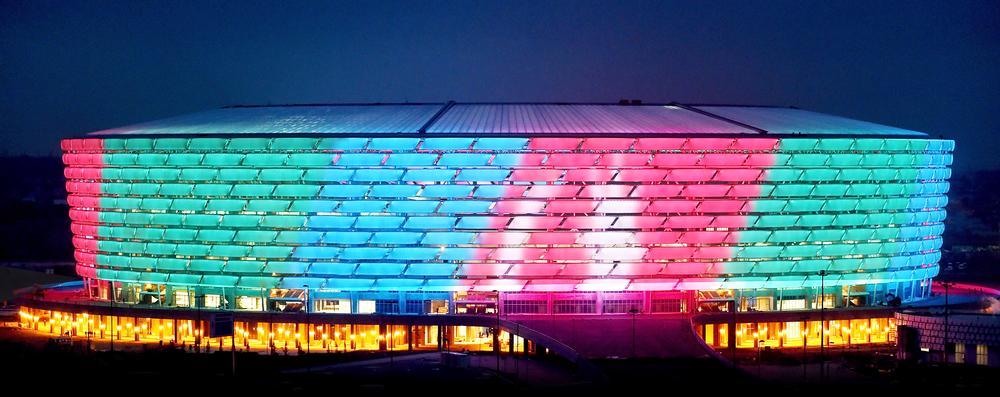
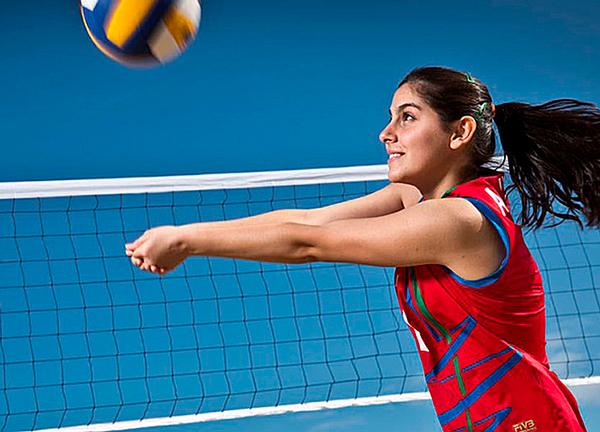
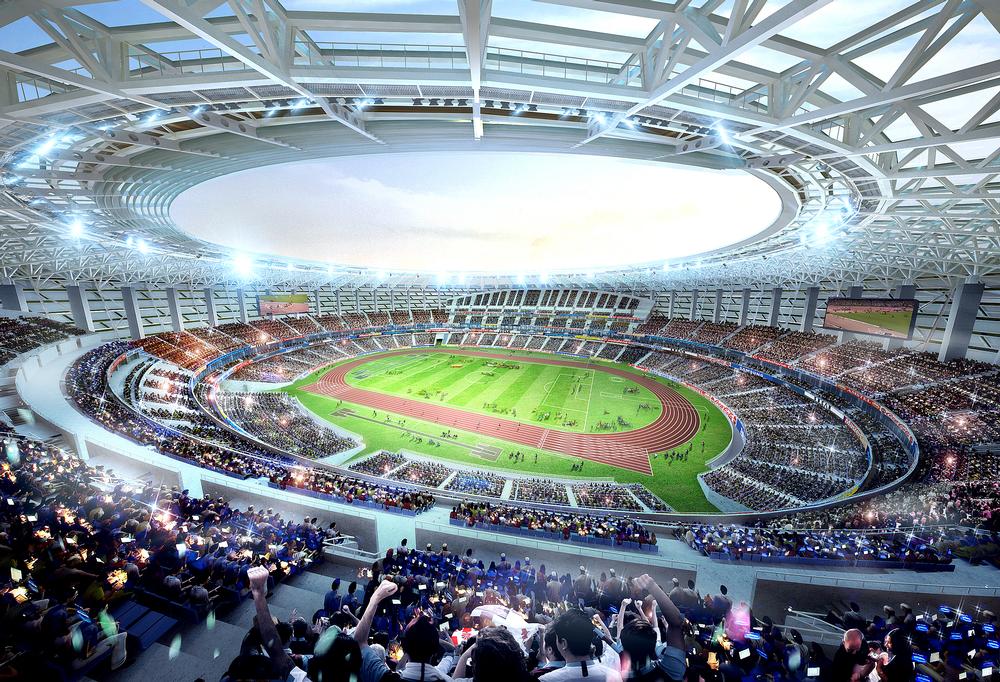
Tom Walker explores the story behind Tottenham Hotspur’s groundbreaking new football stadium




